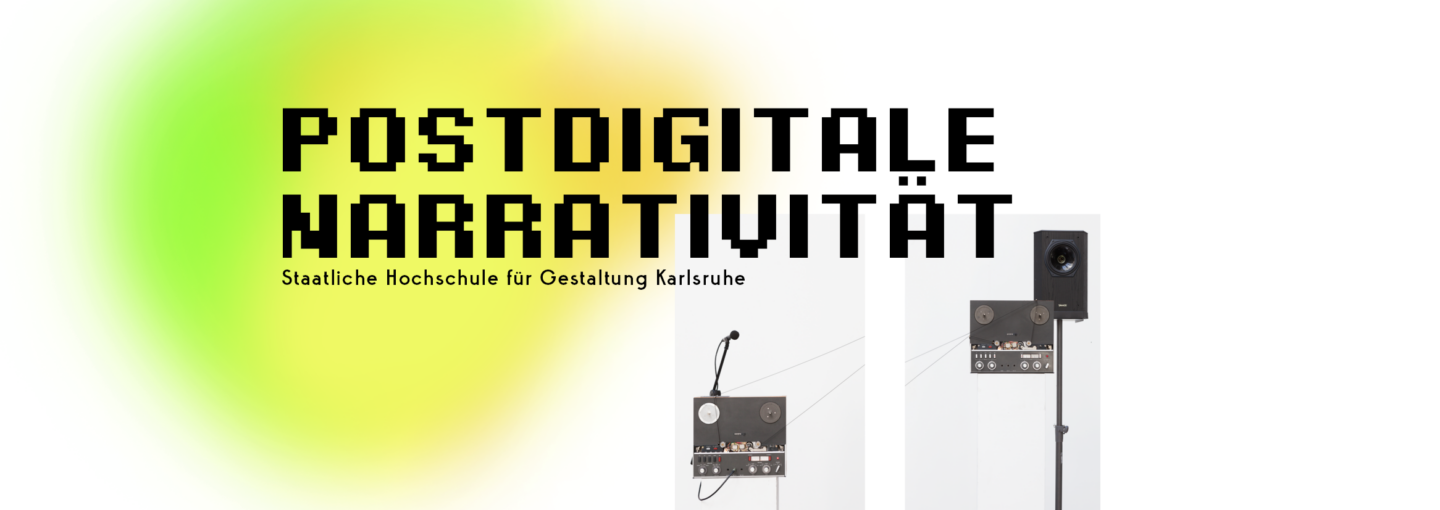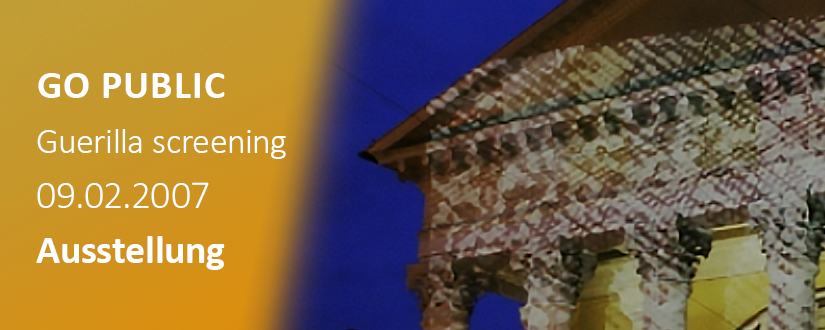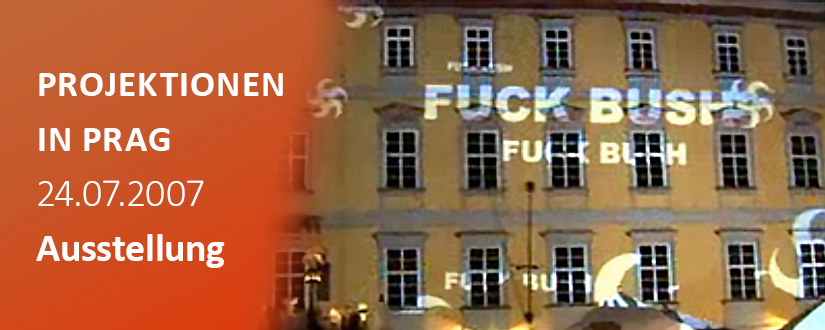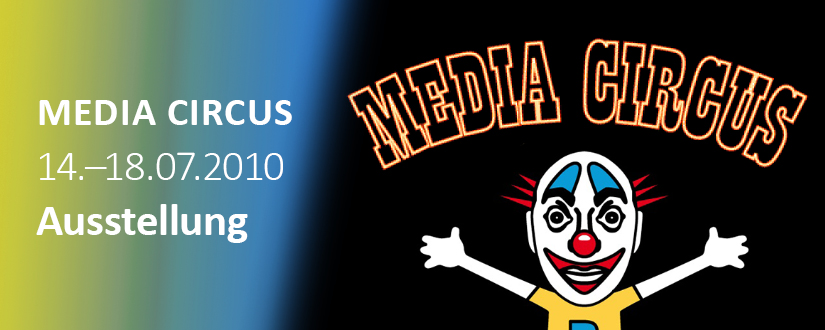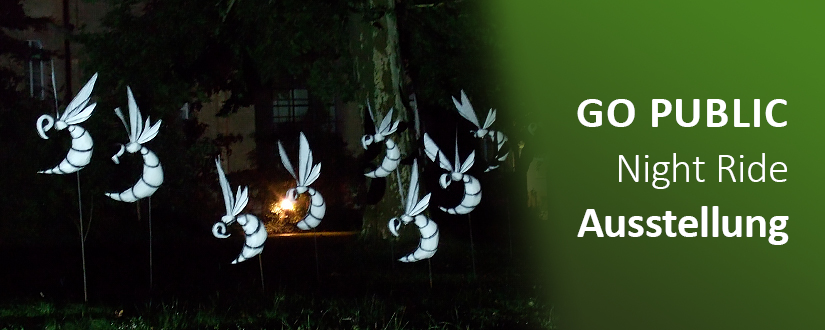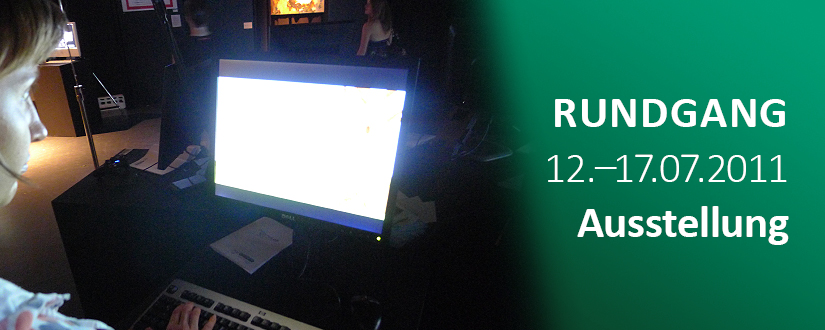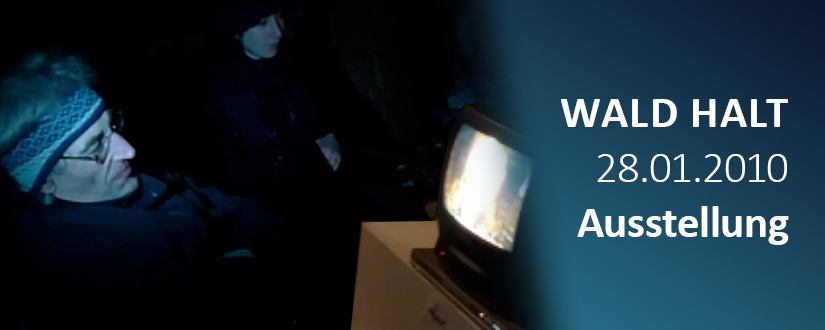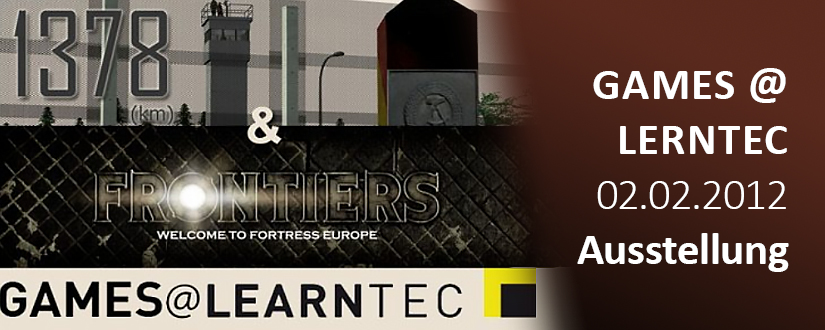Das Projekt „Riding a Train“ ist die zweite Veranstaltung des HfG-Seminars Go Public. Veranstaltungsort ist diesmal der Karlsruher Hauptbahnhof. Studierende der Fachbereiche Digitale Medien/Infoart und Kommunikationsdesign zeigen an verschiedenen Orten im Bahnhofsgebäude konzeptuelle, analog und digital realisierte Werke.
Das Anliegen des Projektes ist es, den Bahnhof als Kulturort neu zu erfinden. Nach den Worten von Prof. Michael Bielicky ist „Go Public / Riding A Train“ ein experimentelles Event sowie der unkonventionelle Versuch, die Menschen im Bahnhof mit Kunst zu konfrontieren. Über 50.000 Menschen passieren täglich den Hauptbahnhof Karlsruhe. Mehr als die Hälfte von Ihnen verbringt die Zeit mit Warten. Carpe diem – Wie geschaffen ist dieser Ort für die Einbeziehung von Kunst. Studenten verschiedener Fachbereiche, wie Szenografie, Medienkunst und Kommunikationsdesign integrieren Installationen an Punkten des Wartens und Massenandrangs. Digitale und analoge Umsetzungen mit vielen interaktiven Optionen spiegelten den vielschichtigen Charakter des Ortes.
Thematisiert wurden Aspekte des täglichen Lebens, in denen sich jeder wiederfand. Unaufdringlich, aber intensiv regten die Arbeiten Selbst- und Gesellschaftsreflexion, wie Kulturinteresse an. Die zweiwöchige Ausstellung im Februar 2007 fand so großen Zuspruch, dass bis heute Arbeiten an Rolltreppen erhalten sind. „Go Public / Riding A Train“ begann am 18.03.2007 und endete am 15.04.2007.
An „Go Public / Riding A Train“ waren folgende Studierende mit insgesamt sechs Arbeiten beteiligt: Katrin Agnes Klar, Gregor Belogour, Kristina Moser, Felicitas Wetzel, Jutta Schleicher, Christian Janisch, Perig Guinamant, Christian Wittmoser, Thorsten Möhrmann.
Die Organisation des Projektes leitete Prof. Michael Bielickys Assistent Daniel Fabry, Studierender der HfG-Karlsruhe im Bereich Digitale Medien/Infoart. „Go Public / Riding A Train“ war eine Zusammenarbeit der HfG Karlsruhe mit dem Kunst- und Kultur-Caffè-Restaurant „LOC“ und der Deutschen Bahn.
_ _ _ _ _ _ _ _ _
English version
The project “Riding a Train” is the second event of the HfG Seminar Go Public. This time the venue is Karlsruhe main station. Students of the Departments Digital Media/InfoArt and Communicationdesign show conceptually, analog and digitally realized works at various locations in the station.
The aim of the project is to reinvent the station as a cultural space. In the words of Prof. Michael Bielicky “Go Public / Riding A Train” is an experimental event as well as an unconventional attempt to confront the people in the train station with art. More than 50,000 people pass through the main station of Karlsruhe everyday. More than half of them spend their time waiting. Carpe Diem – This is a perfect space for the inclusion of art. Students from various departments like scengraphy, media art and comminication design integrate installations at points of waiting and congestion. Digital and analog implementations with many interactive options reflected the complex character of the place.
Aspects of daily life were discussed in which everyone recognized themselves. Discreetly but the intense the works stimulated self- and society reflection, as well as a cultural interest. The two-week exhibition in February 2007 was so well received that tpoday you can still find works at the escalators. “Go Public / Riding A Train” began on 18.03.2007 and ended on 15.04.2007.
The following students with a total of six works were involved in „Go Public / Riding A Train“: Katrin Agnes Klar, Gregor Belogour, Kristina Moser, Felicitas Wetzel, Jutta Schleicher, Christian Janisch, Perig Guinamant, Christian Wittmoser, Thorsten Möhrmann.
The organization of the project was led by Prof. Michael Bielicky’s assistant Daniel Fabry, a student of the HfG Karlsruhe in digital media/InfoArt. “Go Public / Riding A Train” was a collaboration with the University of Arts and Design Karlsruhe with the Culture Cafe-Restaurant “LOC” and the Deutsche Bahn (german railways).
